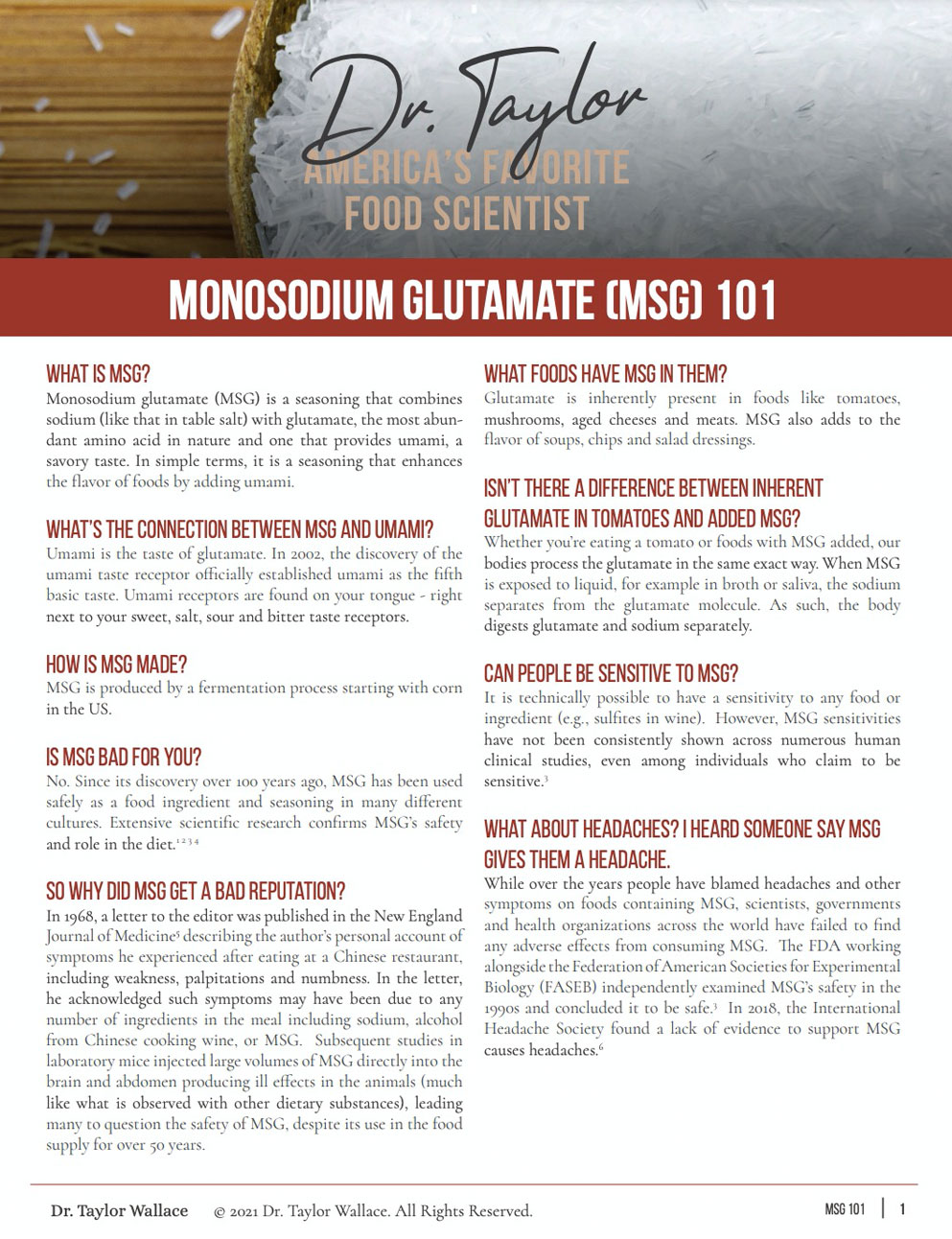Dietary Guidelines Advisory Committee Report – 2020

- July 15, 2020
Nutrition Science Hasn’t Changed Much
The Dietary Guidelines for Americans contains the federal government’s nutrition advice for the public and forms the basis for most federal, state, and local food programs and policies, such as the National School Lunch Program. Contrary to the notion that nutrition advice is always changing, today the 2020 Dietary Guidelines Advisory Committee reaffirmed the strong scientific grounds to support many long-standing recommendations. Here is the skinny on the report that made its debut to the world today.
YOU REALLY ARE WHAT YOU EAT
Experts have been using this slogan for decades and now the scientific evidence is in full agreement. Grandma was right when she said, “eat your vegetables.” Dietary patterns higher in fruits, vegetables, whole grains, low/non-fat dairy, seafood, lean meat and poultry, nuts, legumes, and unsaturated vegetable oils and low consumption of red and processed meats, sugar-sweetened foods and beverages, and refined gains decrease the risk of all-cause mortality and many chronic diseases, most notably heart disease. The only sour grape in this recommendation is that public health campaigns seem to have largely failed us, as patterns of food group intake have not changed over time. Remember that old recommendation to eat several small meals per day? There’s no evidence to support that frequency of eating has any effect on health, so long as the diet quality is adequate. However, snacking still contributes a significant amount of calories to the diet. The average American snacks 2-3 times per day.
THE CONDEMNED NUTRITION VILLAINS
Move over Hannibal Lecter and Norman Bates… Added sugar, saturated fat, sodium, and refined grains are the modern-day all-American villains. They are over-consumed and detrimental to health. Replacing saturated fats with unsaturated fats, particularly polyunsaturated fats (PUFAs), can help lower both total cholesterol and LDL-cholesterol (i.e., bad cholesterol) in adults and children. But don’t go carb crazy just yet! While replacing saturated fats with carbs, particularly refined carbs, lowers total cholesterol and LDL-cholesterol, it also increases triglycerides and decreases HDL-cholesterol (i.e., good cholesterol). A recommendation to decrease added sugars down from 10% to 6% is likely to leave a rather unsweet taste in the sugar industry’s mouth. Sodium and refined grains flew somewhat under the radar this go-around. USDA previously stated that sodium recommendations will be adopted from the recent 2019 Dietary Reference Intakes for Sodium and Potassium.
The First 1000 Days of Life
This iteration of the Dietary Guidelines for Americans will be the first to make recommendations for ages 0-24 months while also expanding recommendations for pregnant and lactating women. Evidence suggests that consuming foods within healthy dietary patterns before and/or during pregnancy may modestly reduce the risk of gestational diabetes, hypertensive disorders of pregnancy, and preterm birth.
Systematic reviews conducted by the U.S. Department of Agriculture (USDA) show scientific evidence in this area to be in its infancy (no pun intended lol). Aside from seafood intake, current science doesn’t reveal much about maternal dietary patterns that promote health outcomes for mom or the infant. The Advisory Committee recommended that pregnant and lactating women consume at least 8 to 12 ounces of seafood per week, choosing options like salmon that are lower in methyl mercury.
Consumption of common allergenic foods, such as eggs and cow milk, during pregnancy do not appear to be associated with an increased risk of food allergies, asthma, and related atopic disease. The ongoing battle between breastfeeding versus infant formula didn’t get much clarity either, aside from a finding that breastfeeding may be associated with a lower risk of type-1 diabetes. Folic acid supplementation during pregnancy continues to be strongly recommended by experts. Introducing complementary foods before 6-months of age does not seem to be advantageous. Keep in mind a lack of evidence doesn’t necessarily mean something good or bad.
THE BIG WINNER
Seafood. Evidence shows that seafood intake during pregnancy and lactation is associated favorably with cognitive development in young children. Long-standing recommendations to avoid seafood during pregnancy are likely to pull a Houdini very soon. The vitamin, choline got some love for its potential effects on neurocognitive development in young children too!
THE BIG LOSER
Alcohol. The Advisory Committee recommended a change to moderate drinking guidelines for men that intake be pushed back to no more than 1 drink per day – a 50% reduction for males. There isn’t really much evidence to back this recommendation that’s likely to be rather controversial among scientists.
FOOD SCIENTISTS TO THE RESCUE
Americans seem to love burgers and sandwiches; desserts and sweet snacks; rice, pasta and other grain-based mixed dishes; sweetened beverages; and chips, crackers, and savory snacks. These five groups contribute the most calories in the diet. Roll up your sleeves food scientists… it’s time to start thinking about how to make these commonly consumed foods healthier.
Tags: added sugars, alcohol, dairy, dietary guidelines, dietary guidelines advisory committee, dietary guidelines for americans, dietary pattern, food science, food scientist, fruit, heart disease, infant, lactation, legume, meat, pregnancy, pregnant, refined carbs, saturated fat, seafood, sodium, vegetable, whole grain, young child
One thought on “Dietary Guidelines Advisory Committee Report – 2020”
Leave a Reply
You must be logged in to post a comment.









Taylor,
You distribute important information with such a flare!
Love it 🙂